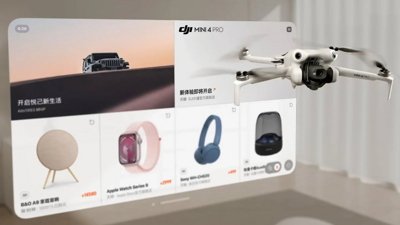Foxconn to ship 24M next-gen iPhones with improved displays in 2010
Industry sources shared the information with Ming-Chi Kuo, analyst with Digitimes. The Taiwanese industry publication reported Monday that Apple's next-generation iPhone will adopt the same in-plane switching (IPS) technology for superior viewing angles on its LCD display as the iPad. The new iPhone display will also reportedly include fringe-field switching, or FFS, technology.
"By incorporating FFS technology, which enables a wider viewing angle and clearer visual quality under in sunlight, Apple is aiming to improve the handset's e-book reader functions and promote its iBooks store," the report said. "HTC's Hero smartphone has already adopted this technology."
Foxconn is expected to ship 4.5 million next-generation handsets in June alone. The report also reconfirmed that the next iPhone will have a 960x640 pixel double-resolution display. Screens will reportedly be supplied by LG Display and Prime View International.
But the report also claimed that the next-generation iPhone will include 512MB of RAM from Samsung. That specifically contradicts the markings on a leaked iPhone prototype from Vietnam that was dismantled and pictured last week. The labels on that phone's A4 processor indicated that it included 256MB of system RAM — the same amount found in the recently released iPad.
Finally, Kuo said suppliers indicated the new iPhone's display panel is 33 percent thinner than previous generation devices, which will allow more space within the handset for larger battery modules, supplied by Simplo Technology and Dynapack International Technology. The larger battery was confirmed in Gizmodo's teardown of an obtained iPhone prototype, which found a battery 19 percent larger than the current iPhone's power supply.
 Sam Oliver
Sam Oliver










 Amber Neely
Amber Neely
 William Gallagher
William Gallagher

 Malcolm Owen
Malcolm Owen











